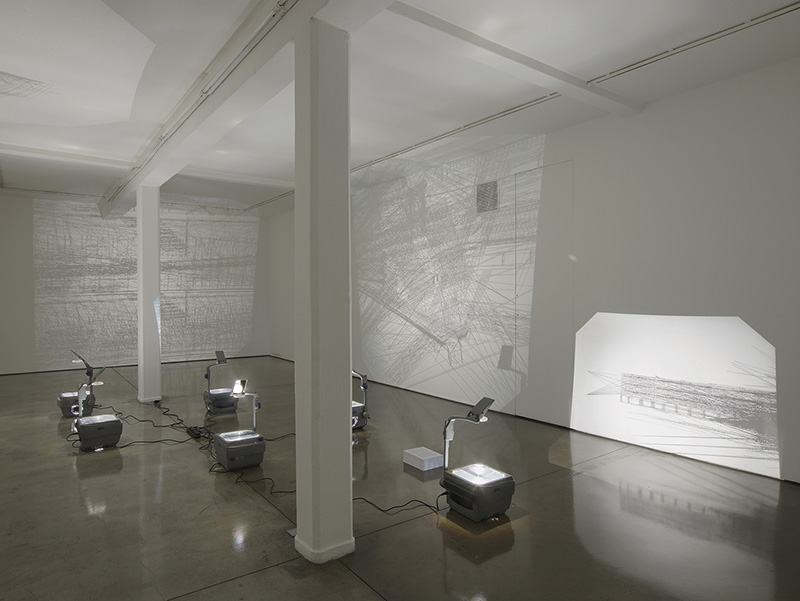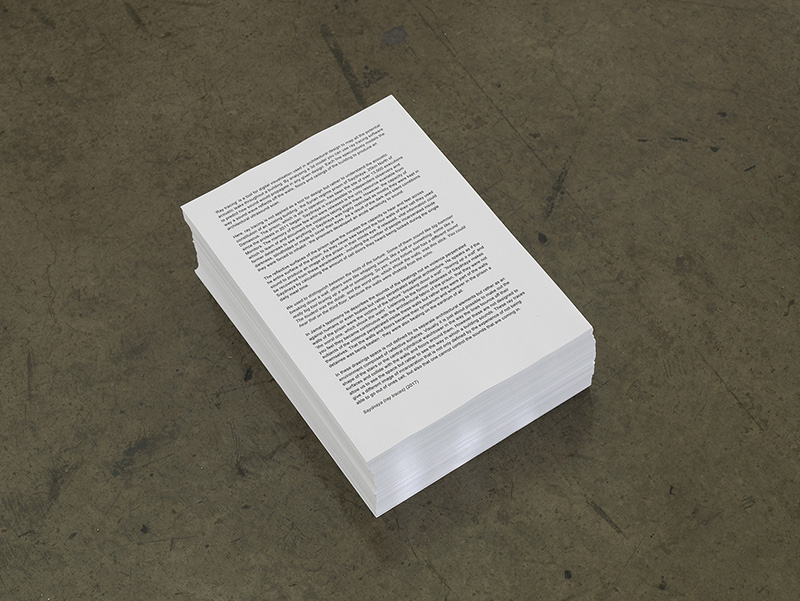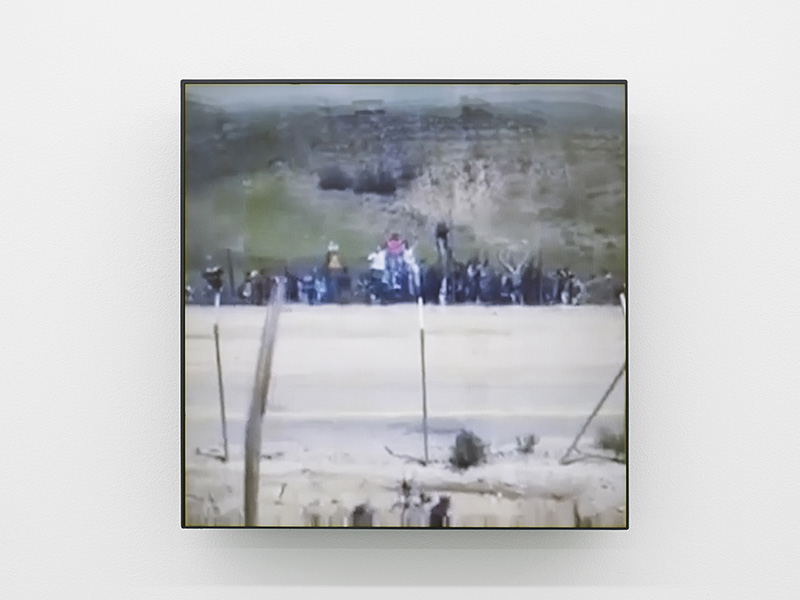ART-PRESENTATION: Lawrence Abu Hamdan
 The Jordanian artist Abu Hamdan interest in sound and its intersection with politics originates from his background in DIY Music. His work looks into the political effects of listening, using various kinds of audio to explore its effects on human rights and law, unfolding critical questions about our reliance on technology and its continual exploitation by sources of power.
The Jordanian artist Abu Hamdan interest in sound and its intersection with politics originates from his background in DIY Music. His work looks into the political effects of listening, using various kinds of audio to explore its effects on human rights and law, unfolding critical questions about our reliance on technology and its continual exploitation by sources of power.
By Dimitris Lempesis
Photo: Maureen Paley Gallery Archive
Lawrence Abu Hamdan presents two new works in his new solo exhibition at Maureen Paley in London that follows on from the performance of his live audiovisual essay “Contra Diction: Speech Against Itself” (2-5/6/16) at the gallery. “Saydnaya (ray traces)” (2017): In 2016 Lawrence Abu Hamdan worked with Amnesty International and Forensic Architecture to produce an acoustic investigation into the Syrian regime prison of Saydnaya, 25km North of Damascus, where over 13,000 people have been executed since the protests in 2011 began. The prison is inaccessible to independent observers and monitors. The memory of those few who were released is the only resource available from which to learn of and document the violations taking place there. However, the capacity of detainees to see anything in Saydnaya was highly restricted as they were kept mostly in darkness, blindfolded or made to cover their eyes. As a result, the prisoners developed an acute sensitivity to sound. Abu Hamdan worked with survivors’ earwitness testimonies to help reconstruct the prisons architecture and gain insight as to what happened inside. “Saydnaya (ray traces)” consists of a series of projected diagrams that illustrate the unseen architecture of the Saydnaya prison based on the accounts of some of its survivors. In “This whole time there were no land mines” (2017), Lawrence Abu Hamdan uses found mobile phone footage and audio recordings that were made in 2011 in The Golan Heights. This stretch of land was annexed from Syria by Israel after the 1967 ceasefire and hosts “the shouting valley”, a place where the topography facilitates an acoustic leak across the border. Here separated families have regularly gathered on both sides of the divide to shout across to each other. On 15/5/11 the shouting valley was host to a different act of transgression. Protesters from all over the country gathered on the Syrian side of the border for the anniversary of the Nakba*. Unlike the usual gatherings in this valley the voice was not the only thing to cross the border as 150 Palestinian protesters from Syria unexpectedly broke into Israeli territory. For the first time since 1967 the border was breached, Four protesters were later killed by Israeli soldiers yet the majority managed to exercise, even if briefly, their right to return.
*Nakba Day: meaning “Day of the Catastrophe” is generally commemorated on 15 May, the day after the Gregorian calendar date for Israeli Independence. For the Palestinians it is an annual day of commemoration of the displacement that preceded and followed the Israeli Declaration of Independence in 1948.[
Info: Maureen Paley Gallery, 21 Herald Street, London, Duration: 28/4-28/5/17, Days & Hours: Wed-Sun 11:00-18:00, www.maureenpaley.com


